|
Continuing with the theme of animals that like to get high or drunk.
Did you know black lemurs like to get high on millipedes? The lemurs bite the millipedes, resulting in a narcotic effect. Madagascar has some pretty big arthropods (ever hear of the Madagascan hissing cockroach?), including some large millipedes. Lemurs typically eat fruit, but sometimes they will capture a large millipede and gently bite it, not even hard enough to kill it. This bite causes the millipede to squirt out defense chemicals from glands in its legs (millipedes have a lot of legs). The lemur then discards the millipede and rubs the defense chemicals all over its fur. The millipede's toxic secretions contain cyanide and benzoquinone, which act as insect repellent on the lemur's body. This in itself is fascinating—an animal using natural insect repellent, not only preventing the discomfort of insect bites but also preventing insect-borne diseases such as malaria. But wait, there's more to the story. The toxins also have a narcotic effect on the lemur, and the lemur starts drooling and goes into an intoxicated state, in which it appears to be lethargic and blissful. Hmm... is this why the lemurs on the movie Madagascar seem so goofy? Below are male and female black lemurs.
0 Comments
I'm continuing with the theme of animals that like to get high or drunk. After all, why would humans be the only creatures craving the recreational effects of mind-altering drugs? Here's another example.
Did you know VERVET MONKEYS introduced to some Caribbean islands 300 years ago have developed a taste for alcohol? These monkeys originated in Africa, but slavers took them across the Atlantic to the Caribbean, where the monkeys either escaped or were released on several islands. They thrived and formed stable populations. For the last 300 years, these vervet monkeys have been living on islands where sugar cane is the dominant crop grown by farmers. Before being harvested, the sugar cane will sometimes ferment. The vervet monkeys discovered the fermented cane juice and have considered it a treat ever since. Basically, they developed a taste for the alcoholic cane juice and the resulting effects. Recent studies have shown that about 20% of the monkeys now prefer to drink sugar water mixed with alcohol over plain sugar water. But the research doesn't stop there. Interestingly, younger monkeys (the equivalent of teenagers) do most of the drinking. The researchers suggest that the older monkeys avoid the alcohol because they have to be "more alert and perceptive of the social dynamics of the group." So, the monkeys apparently reach a point in their lives where they decide to leave behind the heavy drinking and awful hangovers. Hmm... perhaps there is a lesson in there somewhere. There are numerous stories from Caribbean islands of sneaky vervet monkeys stealing colorful cocktails from distracted tourists and happily guzzling them. Have you ever wondered if other animals besides humans like to get high? Or drunk? Seriously, think about it. Why would humans be the only creatures craving the recreational effects of mind-altering drugs? In my next few posts, we'll take a look. Did you know many dogs have become addicted to the toxic, hallucinogenic substance secreted by marine toads? Marine toads, which are the largest of all toads and can grow to almost 10 inches (25 cm) from snout to butt, originated in South America but have been introduced in many tropical areas around the world, mainly to control pest insects. Marine toads, as well as some other types of toads, protect themselves by secreting a toxic substance from poison glands in their skin. If consumed, this toxin can be deadly, even to humans and other large animals such as dogs. In nonlethal doses, a substance in the toxin called bufotenine can cause hallucinogenic effects similar to those caused by LSD and mescaline. Some humans have actually become addicted to this substance after repeatedly consuming it... a process commonly called "toad licking." Uh... no thanks. Actually, a guy named Albert Most founded the Church of the Toad of Light, the main purpose of which is to promote recreational toad licking. Okay, so where do dogs come into the picture? Dogs are curious. They like to sniff, lick, and chew on things, especially other animals. Many dogs have been poisoned by eating marine toads, and those that don't die from the poison experience hallucinations. As a result, many of those dogs learn to hunt for marine toads and lick them just to experience the "high" over and over again. They become addicted. And it doesn't help that the toads' secretions taste sweet. This happens everywhere marine toads live, but it has become a really common problem in Queensland, Australia. Veterinarians in the area are increasingly reporting dogs that are repeat offenders... they call them "serial lickers." Unfortunately, these dog addicts are playing a dangerous game—a deadly overdose can happen at any time. Photo Credit: Marine toad - Stan C. Smith Did you know the jabuticaba has edible fruits that grow right on the main trunk of the tree? This makes the fruiting tree look really strange. Some would even call it creepy.
The jabuticaba, also called the Brazilian grape tree, is native to Brazil. The white flowers grow directly on the main trunk, an arrangement called cauliflory. After the flowers are pollinated, they become round, fleshy grape-like fruits, sometimes covering much of the tree's trunk. These trees have been cultivated for their delicious fruits since pre-Columbian times. Jabuticaba trees are difficult to grow anywhere outside of their native range, and the fruits have a short shelf life, so the fruits are rarely available to people in other parts of the world. Interestingly, in Brazilian politics, the word jabuticaba is used to describe any situation that is thought to be so ridiculously and overly complex that it could only happen in Brazil (referring to the belief that jabuticaba trees only grow in Brazil). Did you know FLORIOGRAPHY is an old "language of flowers," in which people would send messages of affection, desire, or disdain to others by delivering specific flower arrangements? This "language" became particularly popular and complex in England and the USA in Victorian times, and is often called Victorian floriography. Entire books have been published on the subtle nuances of the meanings of various flower combinations.
This form of expression was especially popular in the 19th century because strict social norms did not allow open expression of such feelings. Mostly forgotten for many decades, floriography is making a comeback. For example, for the funeral of his mother, the late queen, King Charles carefully selected an arrangement for a wreath, which included myrtle for love and prosperity, along with English oak to represent strength. According to traditional floriography books, sweet pea flowers are given in gratitude, specifically meaning "Thank you for a wonderful time." Giving zinnias is an expression of everlasting friendship. But not all plants carry a positive message. Giving someone buttercups is a way to tell them they are being childish. We're all familiar with basil in cooking, right? Well, basil was traditionally a symbol of hatred. This goes all the way back to the ancient Greeks, who thought the plant's leaves resembled a basilisk's opening jaws. Who knew such a hateful herb could taste so good on pizza? If you give someone a bundle of basil, you might want to make sure they aren't knowledgable about floriography. |
Stan's Cogitations
Everyone needs a creative outlet. That's why I write. Archives
July 2024
|

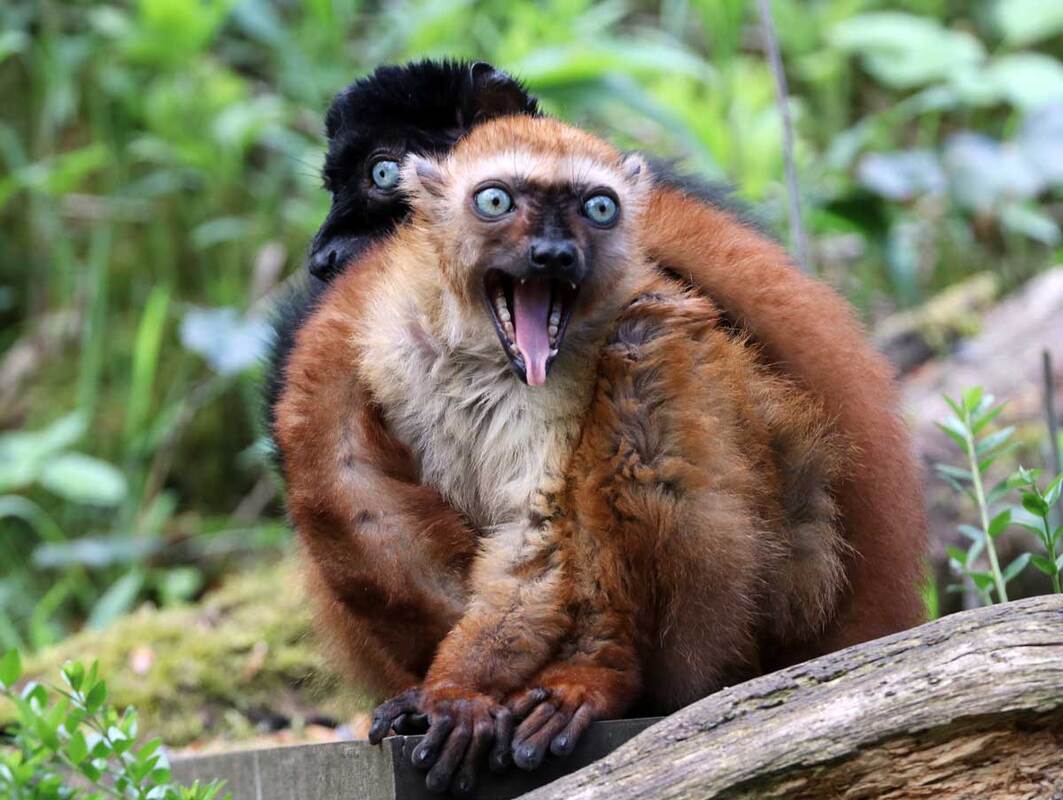
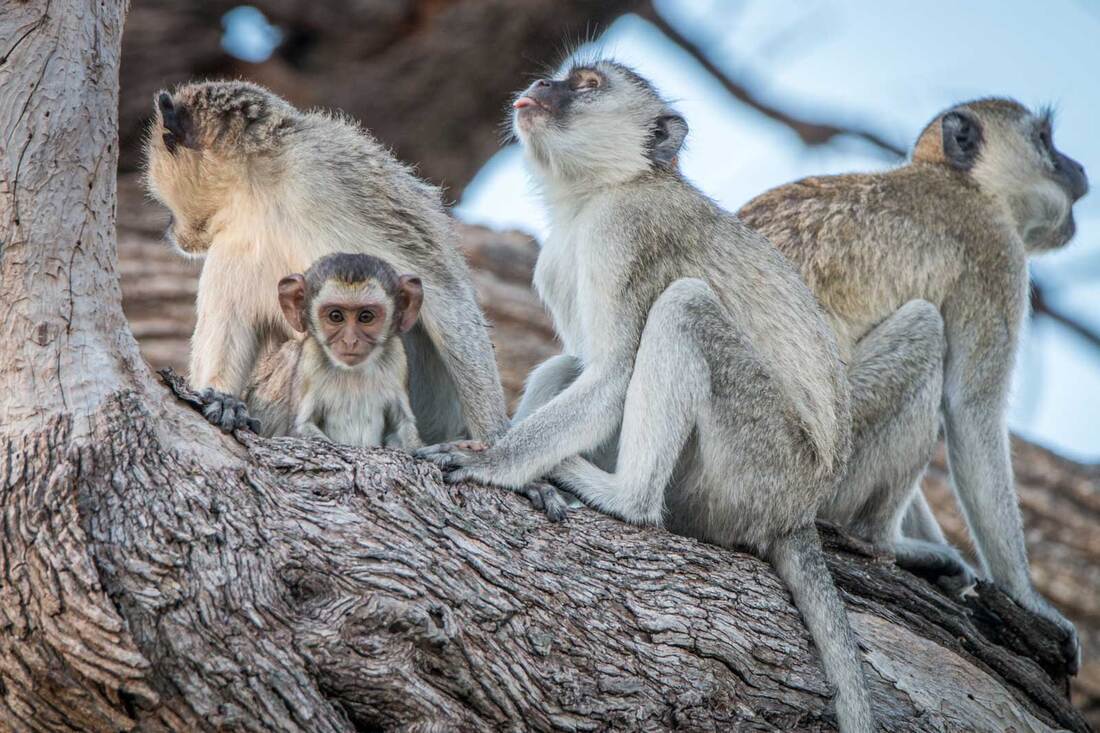
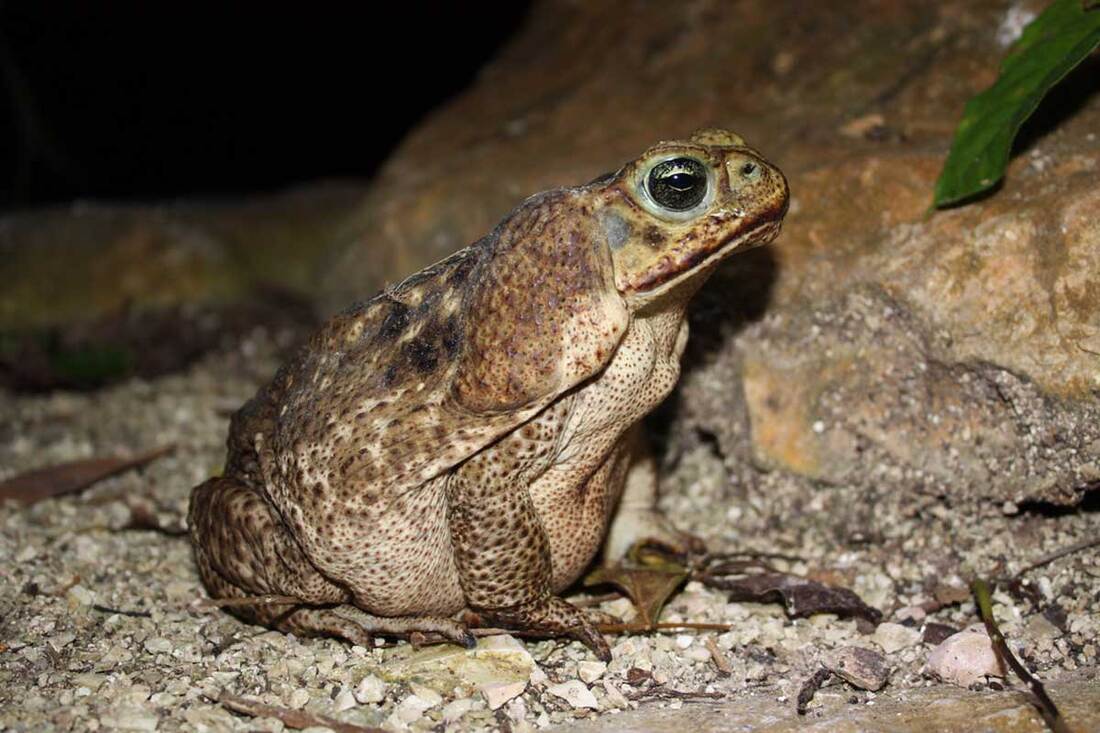
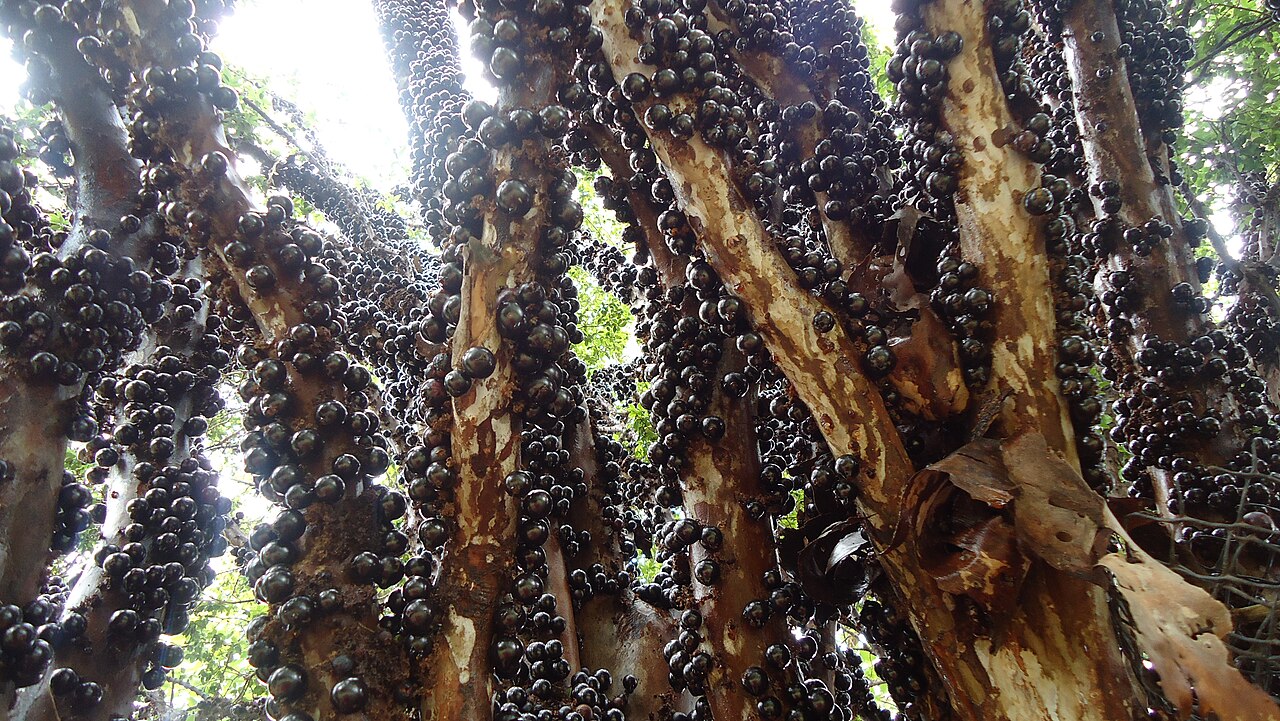
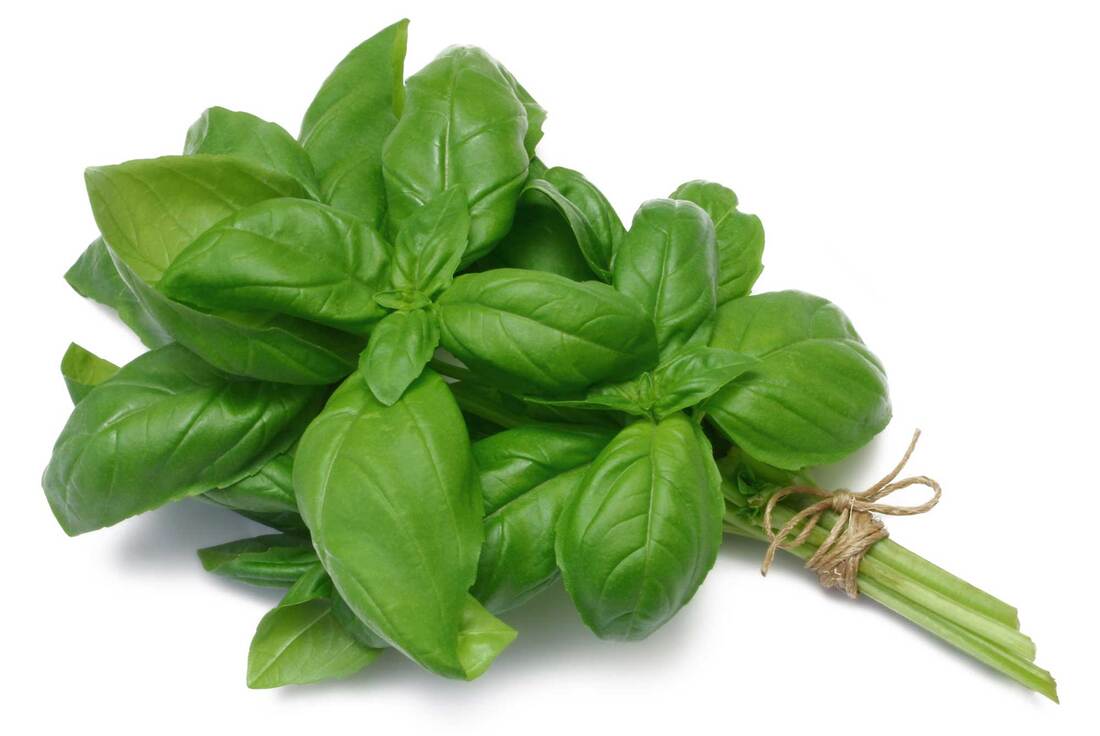
 RSS Feed
RSS Feed